In September, it already seems like that was ages ago, I went on a 2-week trip to Northern Italy. The first part of the trip gave the first opportunity my car has had to “stretch its legs” – I went down the German Autobahn from the Belgian border to the Austrian border towards Innsbruck. Even with the traffic, there were opportunities to see how well it performs. I discovered that at 220 km/hr, my fuel consumption goes up significantly, over 8 liters per 100 km! When the road was clear, I would cruise at 180-190 km/hr, very comfortably and therefore I made it to Innsbruck in the early evening. Even though I had driven through the city once or twice, I had only stopped there on a dark wintry day in 1969, the first time I drove with my parents back to Belgium for Christmas. This time I had the opportunity to visit this very nice city a little bit. The old quarter is very pleasant and from the window of my hotel, I had a great view on the Olympic Ski Jump, used in the 1964 and the 1976 Winter Olympic Games.
One of the reasons for me to stop in Innsbruck was to have the opportunity to do the ‘Old Road’ on the Brenner Pass between Austria and Italy. There is now a highway and a tunnel that by-passes this road that did not exist in 1969. I did not want to do this after driving 1000 km so I did it first thing in the morning. There was not a whole lot of traffic and therefore I had good fun. From the border, on my way to San Daniele in the Friuli, I decided to detour via Cortina D’ampezzo, coincidentally host of the Winter Olympic Games in 1956. It seems that I was touring the Old Continent’s classic winter locations! During a walk above the town, I caught a glimpse of the Ski Jump from the earlier Olympics…
I also had beautiful views of the valley and mountains around Cortina d’Ampezzo, one of the most glamorous ski destinations in Italy – at this time of year, it is a sleepy little town, especially on a cold and cloudy September day. This is the top of the Cable Car that takes visitors into the main ski area.
I took a short walk and found an even better view further along the path.
The town of Cortina is completely surrounded by mountains. It is hard to get to as there are only a few, small roads heading there. So I had a lot of fun driving in and out of it as well. A closer look at the town itself.
Clouds were streaming over the mountains on the far side of the valley.
I had to keep going towards San Daniele, a small town known for the best Prosciutto in Italy and therefore the best in the world! More than 30% of the prosciutto eaten in Italy comes from this one town! It is obviously the main industry in town. Tourism is not very big! The main church is not very spectacular, built probably 200-300 years ago and typical for small towns throughout the North of Italy.
However, the doors of the church were spectacular and unexpected. They must have been replaced quite recently as the style is much more recent that then rest of the church. Unfortunately, I was not able to find any more details about them.
One of the original gates to the city is still intact, and still used today, not to keep people out but to limit traffic in! Only one car at a time can go through this narrow passage.
One does not go to San Daniele for the monuments or the views. One comes here for the cured ham that can only be made here. The first evening, I went to a small restaurant recommended in the Lonely Planet Guide and it was an excellent choice. The menu offers “San Daniele” either 18, 24 or 30 months old. Since the cost increased with the age, I decided to splurge and go for the 30 month-old prosciutto. I saw the owner remove a whole ham from a refrigerator and with ultimate care and affection slowly remove about 1 cm of rind around the perimeter. He delicately placed the ham on the slicing machine, manually operated of course and adjusted the blade to the thinnest possible setting. He very carefully made 8 to 10 slices, placing each very delicately on a large plate which he brought to me. No question of getting melon with the prosciutto here – you enjoy it all by itself, and that is certainly enough. It was delicious – worth all the ceremony. Over the next three days that I spent in San Daniele, I had another three repeats of the same ceremony in other restaurants! I did not get tired of it.
But there is more to do and see in town. Since the day was rainy, I decided to visit more of the town and happened on this former convent church now transformed into a concert hall. However, they had left the original frescoes on the wall and I am very glad they did.
I decided to visit Venzone, a city not far from the Italy/Slovenia border that was hit by a massive earthquake in May 1976. Before they had any chance to reconstruct, there was another major tremor in September of the same year. The town of Venzone was essentially completely destroyed. They decided to rebuild the center of town exactly as it had been. In this street, you can clearly see what was left of the buildings after the earthquake – the bricks that are not covered with stucco were left standing, the rest was totally gone.
The city walls did not suffer a whole lot. The town is actually right at the foot of tall mountains which overlook the small valley. I was not able to go up to get a better view. However, in some store windows, there are posters showing photos of the town in 1975 and in October of 1976. It is very sobering!
They left one area as it was after the two earthquakes.
During my last trip to New Zealand in 2007, I visited Napier, a city on North Island that was completely destroyed by an earthquake in 1931. The town was re-built in the style of the time, and is now a unique concentration of Art-Deco buildings. Even the street signs and fountains have been designed in that style. It was great to see how in one place how Art Deco developed in the 3-4 years that it took to re-build the town.
Venzone decided to go another route and re-build as it was, and I believe they did a very nice job. There must not have been much of this church left … but you would not know it looking at it today.
Inside the church is a spectacular sculpture made from the stump of a single cedar tree hit by lightning 20 years after the earthquake. It is a tribute to the people of the town made by Franco Maschio di Majano (for further info: http://www.maschioscultore.com/index.html)
City Hall is a clear indication that the city was a vassal to Venice. The style and decoration is typical of the City-State at its peak. Other than stucco/no stucco, there are very few indications that the town was completely destroyed. It is quite an amazing re-construction job that was done.
The weather was better the next day so I decided to go for a walk in the Parco Naturale Dolomiti Friuliane, near a small town called Claut. I have to say near, because it took me a 1/2 hour on a small road away from the town to find the start of the walk – only 12 km away. The road was so narrow that at one point, I mistakenly took the cycle path, which was just as wide as the road! The road followed the valley of the Settimana River.
I stopped along the road in an official Pic-Nic ground (that was 100% deserted) and started to climb – it seemed like the path was going straight up! It is at this stage that I realised that if anything happened to me, no one knew where I was and it may take a while for help to arrive! I decided to be extra careful, but also decided that I would have to take more precautions next time I do something like this – I was so far away from civilization (if that is even possible in Europe) that my phone did not work!
I climbed for about 1 hour and took this photo of the valley I was following – even though the path went straight up, the mountains on either side were even steeper and I was in the valley of a small stream called Ciol de la Meda.
I was planning to do a loop that would eventually take me to the Rifugio Pussa (a high mountain hut) and back to the car. However, after two hours of hiking, the indications for the path on the ground were significantly different from what they were on the map I had, and I could not see how the path I was on would eventually make it across the mountains towards the other side where the Mountain Hut (Rifugio) was supposed to be. The views continued to be quite spectacular, with a high water fall in the distance.
Since I was already aware that I should not take any chances, I decided to go back to the car, and find another way to go to the rifugio (by following the path I was planning to take on the return leg). However, before I arrived at the Rifugio Pussa, I noticed this small chapel hidden amongst the trees (it is not even shown in my map!).
As I approached the Hut, I heard a sound I would not have associated with Italy, but rather Switzerland. After a while, I saw cows coming along the path in the other direction – I was not as alone as I thought. I even took a video, with sound, to give you an idea of what it was like.
I had lunch (a prosciutto sandwich, of course) at the Rifugio while the last of the cows came by, followed by two very young boys who were obviously minding them.
On the way back to San Daniele, I stopped along the shores of Lago di Barcis, a small lake compressed between tall mountains – I am always amazed at how steep the mountains are on the Italian side of the Alps compared to Switzerland and Austria.
My next stop was along the coast – the weather had improved and so I wanted to see what the beaches of the very North of Italy looked like. It was no surprise: The Sea, The Sand, The Surf and The Mountains visible in the distance. Could it be any better than this?
Well it would be idyllic, if you could eliminate the 100’s of German, Slovenes, Checks, Austrians, Poles, and Italians per square meter on the beach. This is the actual view before it was improved by Photoshop!
I do not generally like the beach (I get bored and sun burnt) but this is definitely enough to make me run away in a hurry!
After San Daniele, I decided to spend a few days in Venice. I left my car in a multi-story car park and took a ‘vaporetto’ to my hotel. I stayed at the Hilton Molino Stucky – it must have been a former flower mill and had been rather well restored to a huge hotel. I had a room overlooking the main canal – could not complain.
Here is a view of the hotel from the other side of the Canale della Giudecca. The hotel had a free shuttle boat to get across the canal into the heart of the city.
As soon as I moved away from the main canal, I ran into one of the most purely Venetian sight one can think of. I discovered later that this is one of only two such places in Venice, and the only one that is easy to find and see. This is where Gondolas are built and repaired… the place probably has not changed in 100’s of years – the main workshop is entirely made of wood, which is very unusual in Europe today.
I walked around trying to find a place to have lunch, away from the most touristy areas, but constantly found better and better views of the city, some that you do not typically see.
This, of course, gives a whole new meaning to the terms “Street Market”. Since everything has to come in by boat, why unload the boat?
Il Canal Grande – not very busy at this time of day
I just had to have a photo of this sign! It is an exhibit, part of the Biennale, in a museum that was right across from the stop of the vaporetto where I was waiting. I decided to go to that exhibit later during my stay, just because I had to know what the sign was all about. I would say that the art on display was original, some quite well made, but there were few things that I really liked – still, I spend a good hour going around, but I still did not understand how the name of the show went with the art on display – of well, I still like the sign; it appeals to my International Self.
On the vaporetto, you get to admire life along the canal – you can almost forget that you are in a modern city…
The Old “Dogana” – or custom house – with an old boat parked in front! This always reminds me of a book I read soon after my first visit to Venice. I had spent time around the old Dogana, which was abandoned at the time, and marvelled at all the people who must have landed here coming from all over the world. I than read this book, not knowing that it was set at that location and was basically a man who had travelled a lot telling his story to a young boy. This is “L’Histoire du Juif Errant” by Jean d’Ormesson – one of the few books I have read in French in the last 30 years and actually enjoyed!
I have already shared the absolutely atrocious picture of the Bridge of Sighs ruined by L’Oreal, so I will not repeat that here! Go to my Facebook Page is you want to see the monstrosity!
Instead, something I did not get to see on my previous visit as it was covered by scaffolding – the clock tower on San Marco Square – now totally renovated and more beautiful than ever.
Piazza San Marco!
The “Leaning Tower of Venice” – actually, it might be more well known, except that all towers seem to be leaning in one direction or another, so here, that seems totally normal.
These are actually door bells to six different apartments. Not sure if you have to push, pull, twist or squeeze – I did not try.
Is this when you discover that three is a crowd? Or is this a threesome?
I was up early, and from the hotel window could capture the sun rising over the city.
This is also the time when deliveries are made to the local grocery store. When I first saw this truck on the barge, I thought some one was moving in or out as it looks to me like a moving van. I thought of all the times that I moved and figured how much more complicated moving in or out of Venice would have been – but also how nice it would have been to have an opportunity to live here. It got me thinking that I might have to re-evaluate my current listing of “The-best-place-where-I-would-like-to-live”. However, before I do so, I need to go back the the place that is currently first on that list, just to make sure that I am not making a mistake …
Anyway, this truck was back each day I stayed in Venice, so I had to assume it is not a moving van but instead a regular local delivery.
On my way to Murano, actually on my way to the vaporetto stop for Murano, I decided to visit the Fish Market, one of the oldest in Europe, that is right next to the Rialto Bridge. It is housed in a renaissance arcade.
and the people there love their fish just as much as those I saw in Tokyo – a totally different kind of fish market! The gestures are the same, the odor is too…
As I am waiting for the vaporetto, I saw this sad scene … the cemetery is on an island between Venice and Murano; the walls are visible in the background of this photo. Another indication that while normal life continues in the city, it has its complications that people have had to adapt to. No long procession of cars following the hearse to the cemetery here.
This statue has been installed recently between Venice and the cemetery. I do not remember seeing it last time I was here. I also do not have any details about it, so cannot explain why it is there.
I actually prefer Murano to Venice. It is smaller, more intimate and there are fewer tourists (it is a little harder to get there). I stopped at a glass blowing workshop as soon as I got off the vaporetto and saw the making of a glass gondola – the glass started as a red circle and ended as a black gondola with silver front and back in only 10 minutes … and the two artisans seem so relaxed about it; just another day at the factory.
I just love to walk around the compact island of Murano. I feel that it has remained more true to its past than Venice has.
There were fantastic glass sculpture everywhere I went. I am not sure if this is part of the Biennale, or standard practice here. In this case, the contrast between the very modern design of the sculpture (can you say ‘sculpture’ for glass that was formed? Is it a Formedure?) and the ancient church in the background is quite striking.
The great thing about walking around a city with no preset plans is that sometimes you walk into a non-descript church and discover the most amazing thing inside. This is a fantastic mosaic (the photo is only a pale reflection of reality) inside a totally bare church.
The rest of the interior is quite plain. However, there was a very nice tiles floor too.
Would you expect that interior inside this church?
More glass statues
On this one, I was amzed at how life-like the ducks really are – they seem to be about to fly away!
I went to the Murano School of Glass Blowing and whitnessed another demonstration of glass making. In this case a unicorn. It is absolutely amazing to see a true artist at work. Each gesture, each action is perfect the first time, and the result is slightly different each time too.
In the early evening, I made it back to the main Island and ran into this gorgeous sail boat. The white ‘dot’ in the sky is the moon rising! The boat had a Belgian Flag, something unusual as typically boats like this have a flag from Grand Cayman, or Malta. The owner and his wife (I presume so) were sitting under the awning, having cocktails before dinner – the crew was totally invisible!
Just to prove we are still in Venice, here is the view from the other side, with San Marco in the back ground. What a fantastic boat. I would have loved to be able to visit it, and even more to be able to sail with her!
San Marco and San Giorgio in the early dusk after sunset.
After dinner, I went walking around and ran into locals getting ready to practice a local sport: Gondola push-a-war. Two people get on opposite sides of a gondola and see who can row fastest. However, the man at my end seems to have a disadvantage as he forgot to take his paddle!
On Piazza San Marco, a quintet was entertaining the restaurant patrons, but also passers-by. They were rather good and mixed classical with more modern tunes. There were three such stages around the square, and they took turns so as not to create a cacophony of sounds. The crowds were not too significant and so it was quite a nice evening.
I have had a lot of problems in musea lately with my camera and my camera bag. They always want me to leave it in the cloak room. I argue that ladies are allowed in with purses so why should I not be allowed with mine, but that usually has little success. So I decided to dedicate one day to musea and not take my main camera. I still have the one in my phone, for emergencies … or unique shots such as this one – a local garage for you boat? Or is this the service entrance for deliveries?
I went to see a Salvator Dali exposition held in the Museo Diocesano D’Arte Sacra, which itself is located in a small convent right behind the church of San Marco: Il Chiostro di Sant’Appollonia Castello – the cloister is very nice and I spent almost more time there than on the exhibit, which was excellent, but not very extensive.
As I as heading back towards the museum with the international sign I showed earlier, I strayed into the church of San Fantin only to discover the most amazing piece of art by a Ukranian artist named Oksana Mas (more info at http://www.mas-art.com/). The altar in the church was completely covered by a very large design called Post-vs-Proto-Renaissance, in the words of the flyer: “represents only a section of the monumental work (92 * 134 meters!) composed by 3,640,000 wooden eggs”. The complete work actually represents the “Adoration of the Mystic Lamb”, also known as the Ghent Altarpiece by Jan van Eyck – a painting I really like, but looking at such as small detail of it, I could not recognize where it came from. Still, the effect is fabulous, but I could not possibly take a decent photo.
However, in San Sae square, there were two pieces by the same artist exposed outside, which made it easier to see and photograph with only a small phone. This is one side.
And the other
with a detail to show how these are made …
The love of Italians for their ‘telefonino” (cell phone, hand phone, GSM etc in other countries) is legendary. They were the first to adopt it in large numbers in Europe. Throughout Italy, there are people who drive with a phone stuck to their ear. It seems like the preferred way to use these devices (and in restaurants, when you do not want to make conversation with the other people at the table). However, Italians have a big problem in Venice as there are no cars. So they have had to be creative and invent new ways of using (and abusing) their telefonino. Few boats come with a ‘hands-free’ device!
even fewer work boats
but the best I saw …
Must have been a very important phone call! The Japanese tourists do not seem to mind.
Time to leave Venice and move on to other locations. That will be the subject of the second part of this story …
(9514 Page Views)



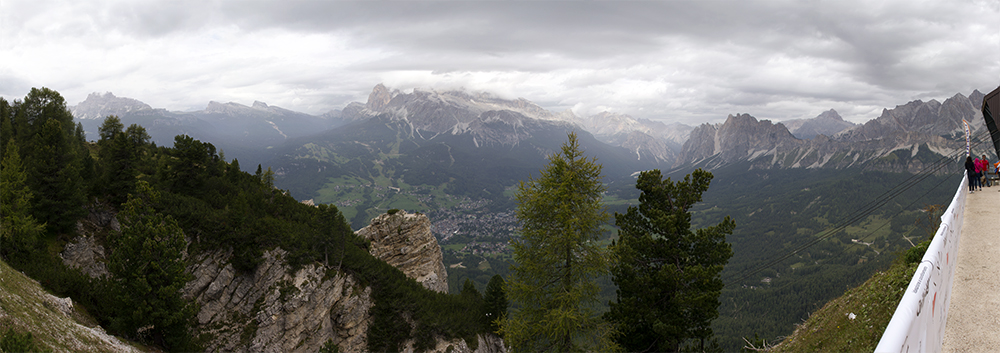
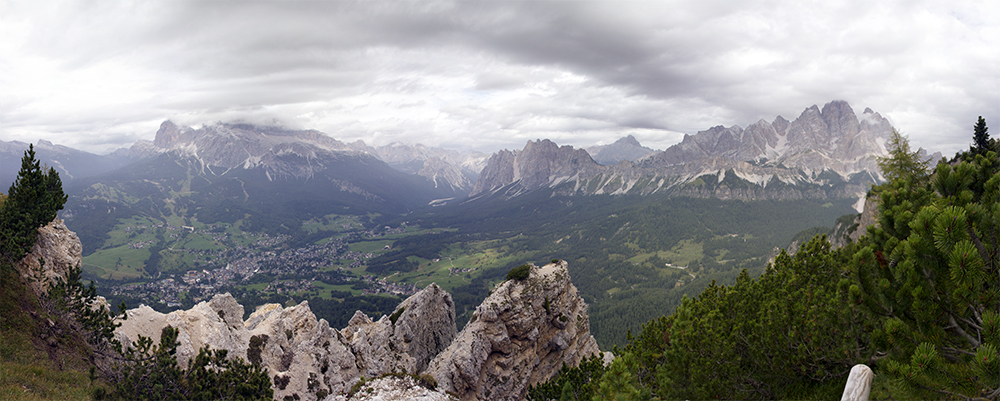
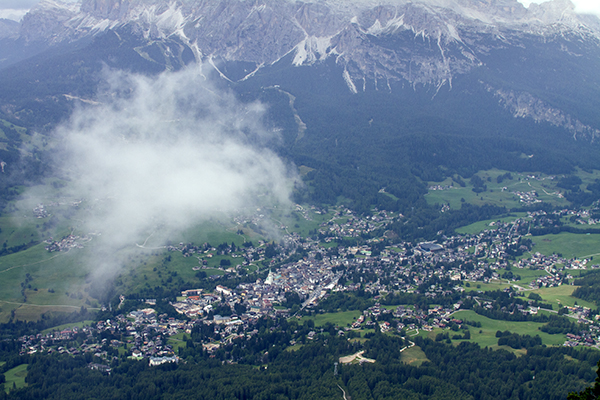
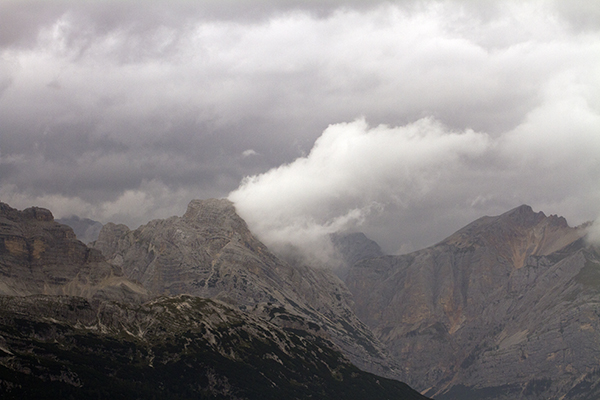
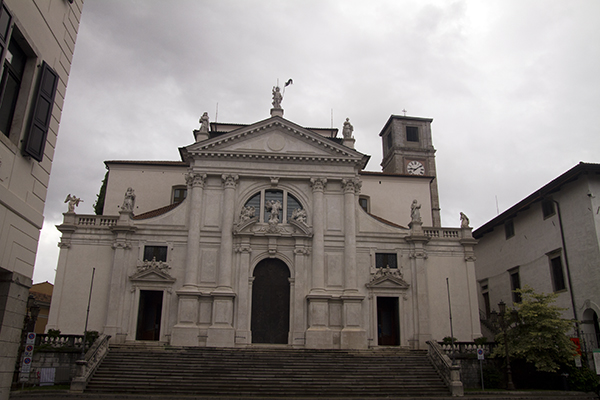
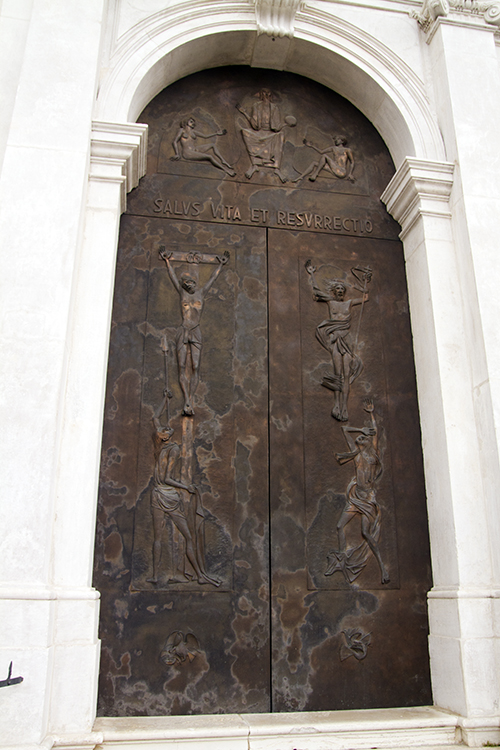
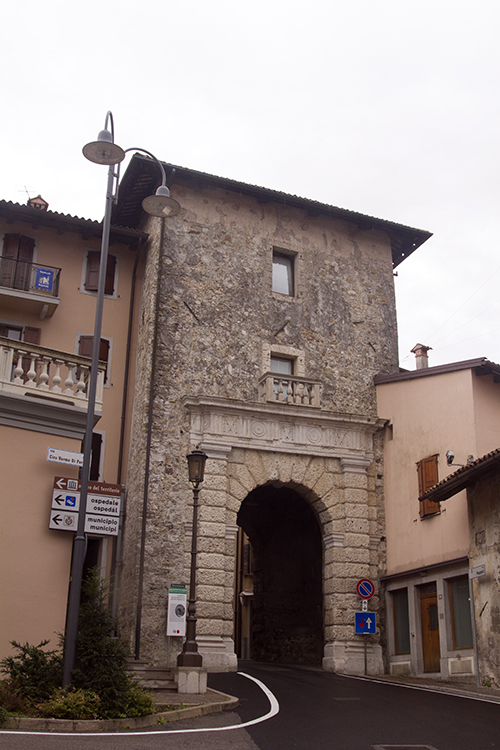

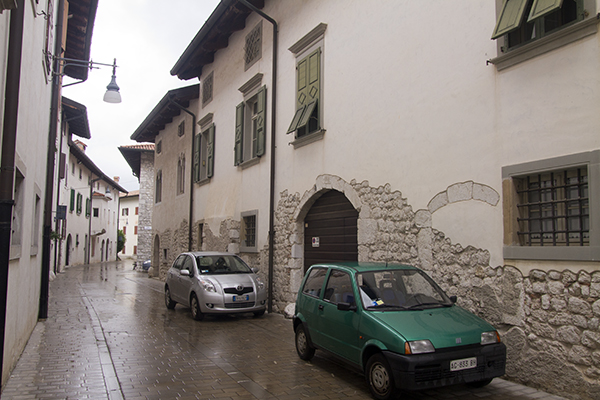
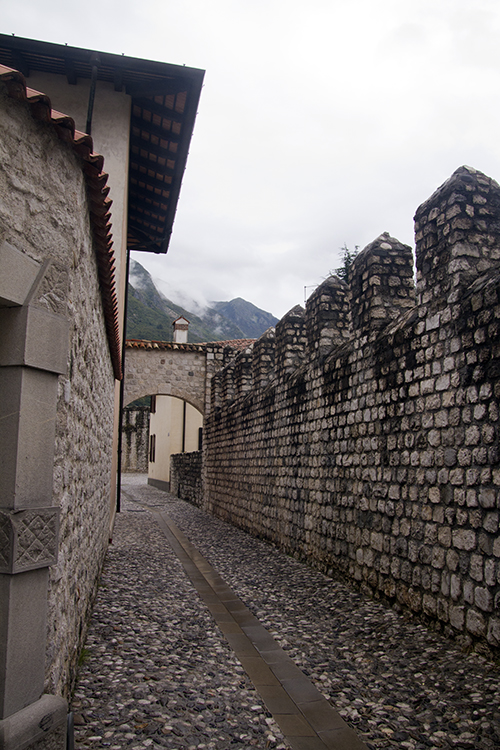

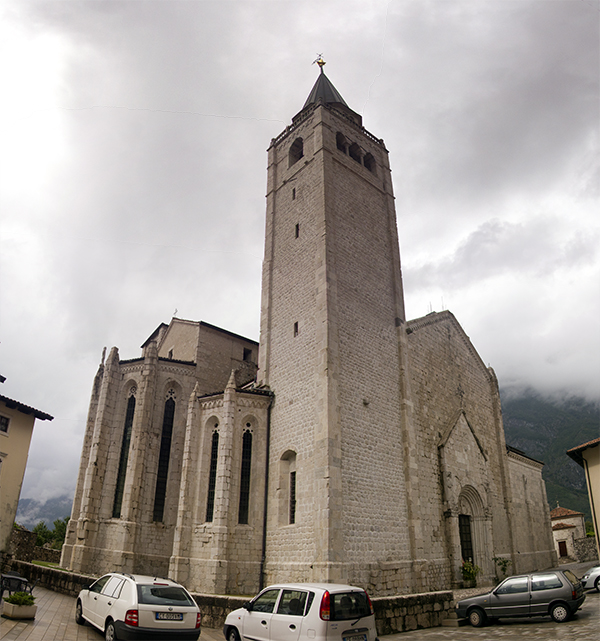
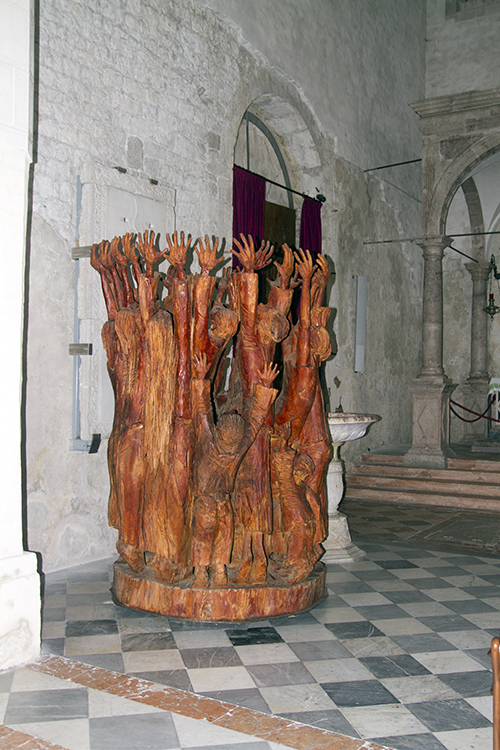
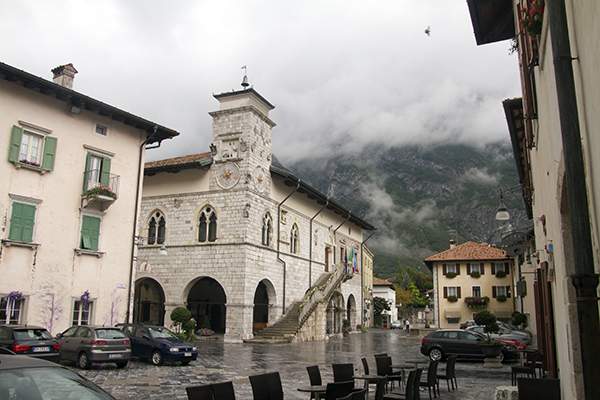

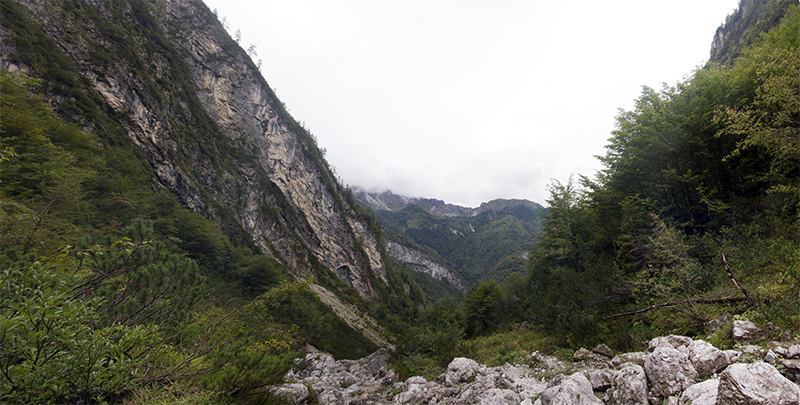
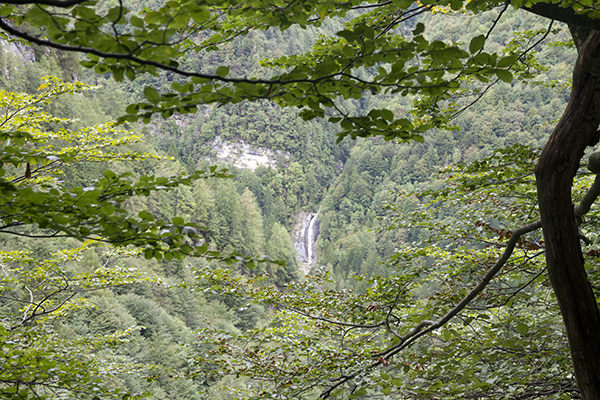

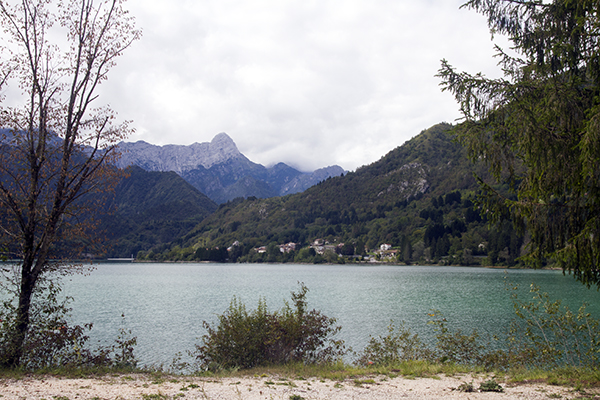
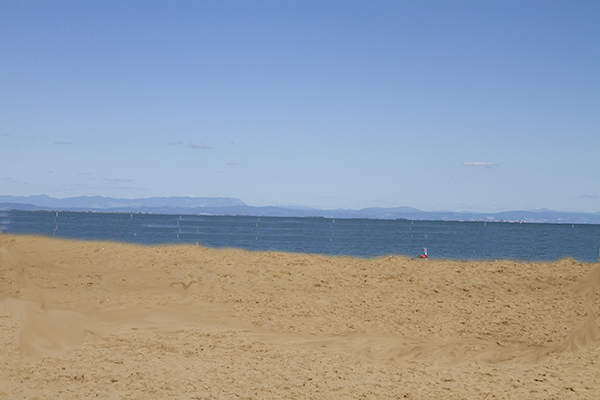





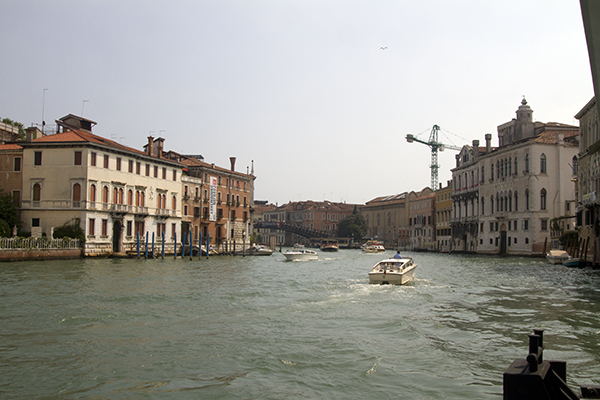
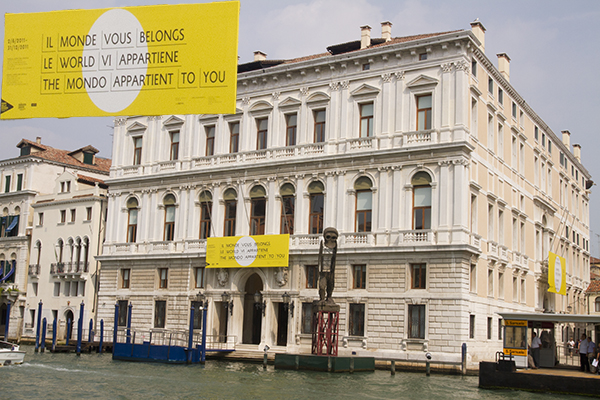



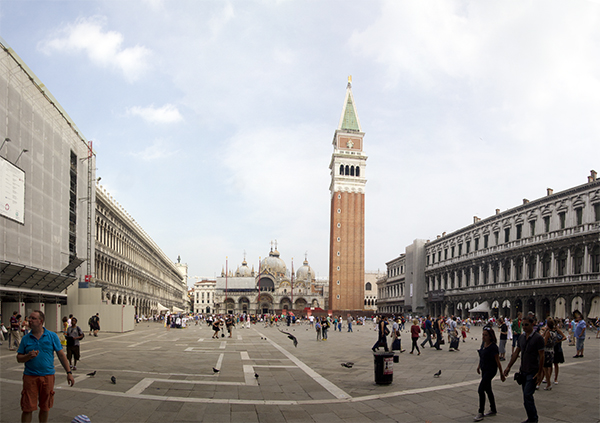
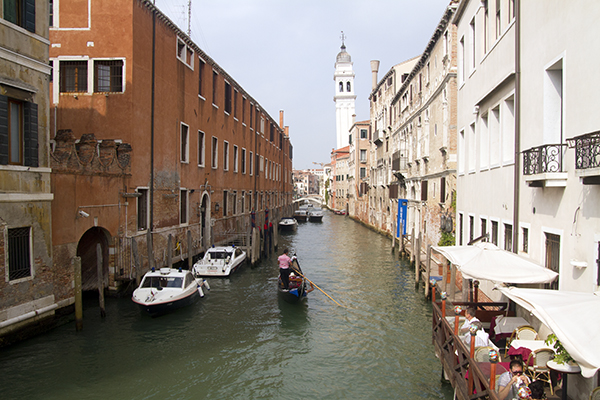

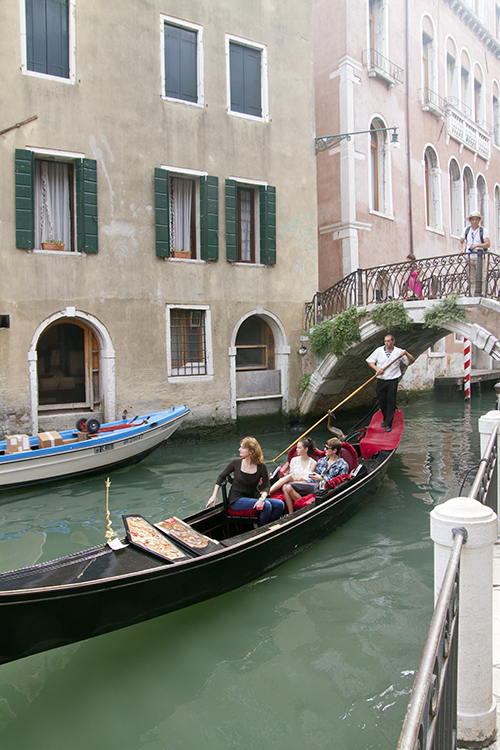
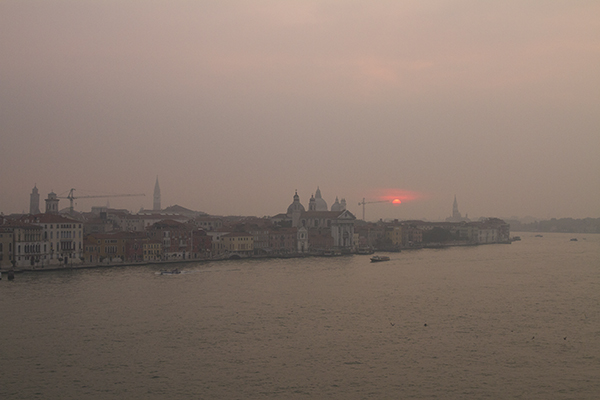
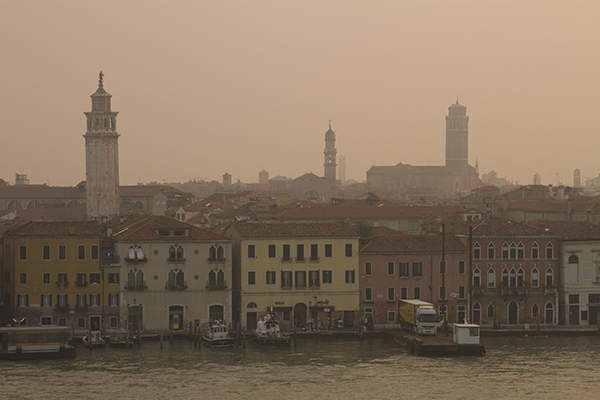


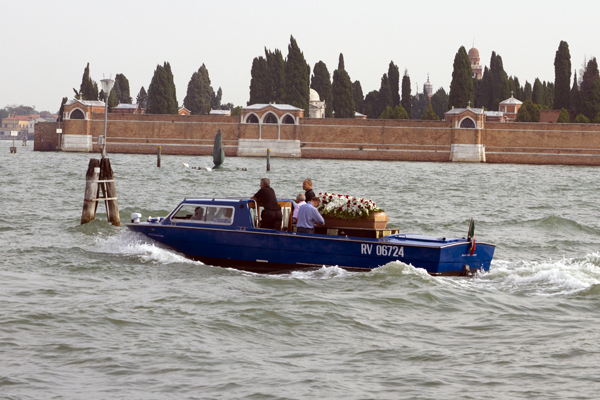
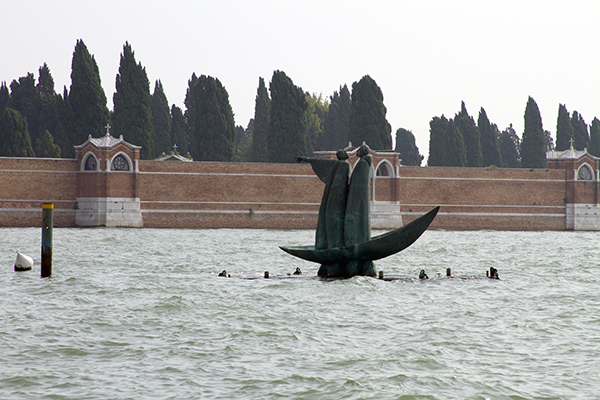
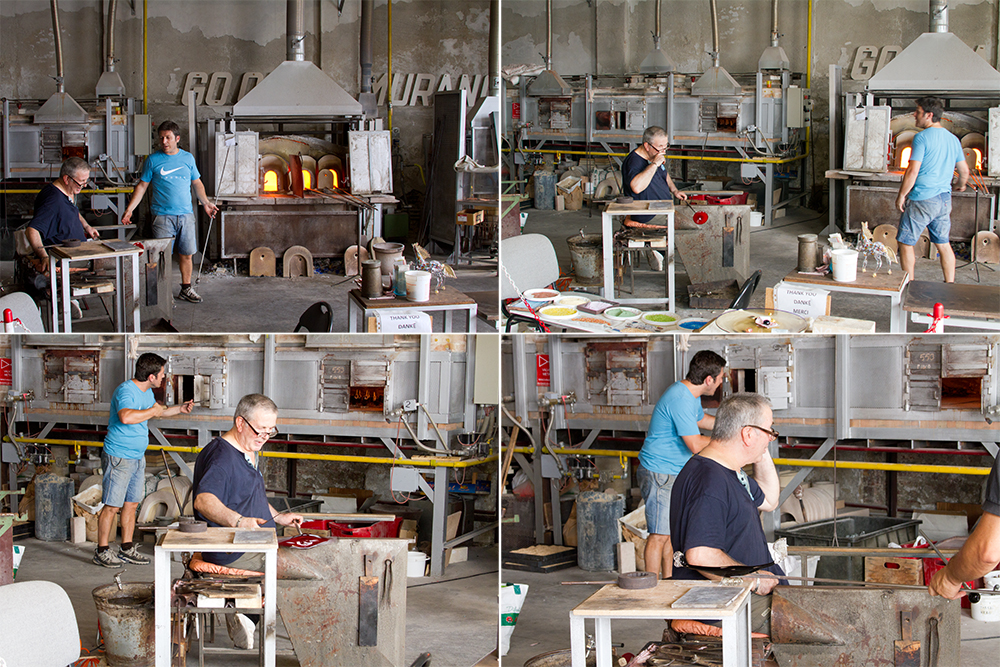
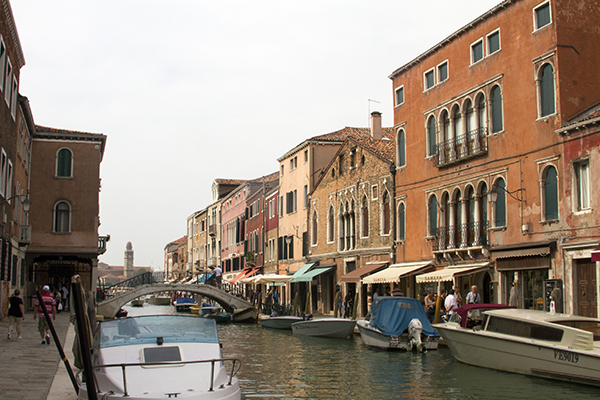



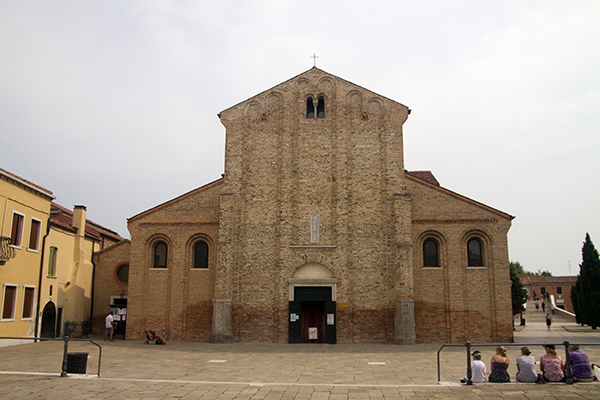
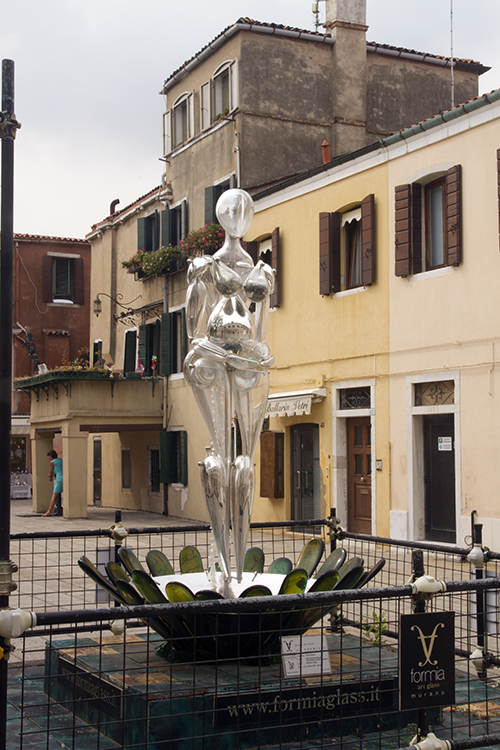
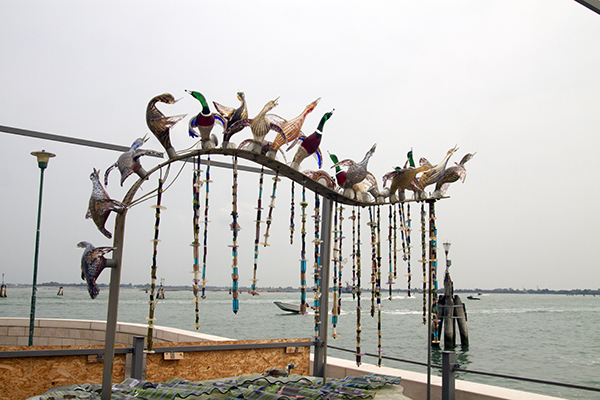




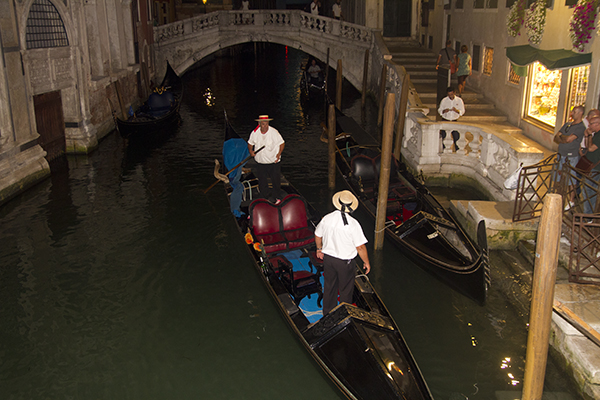
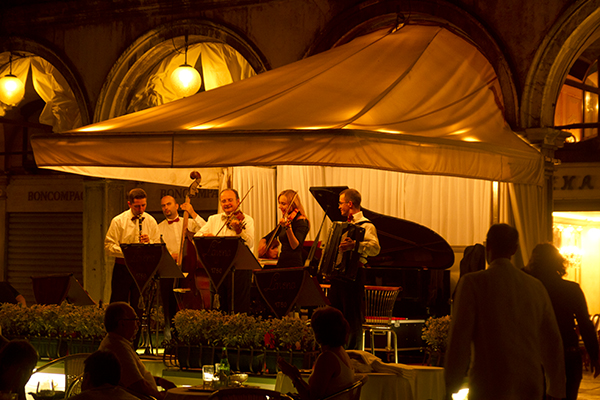
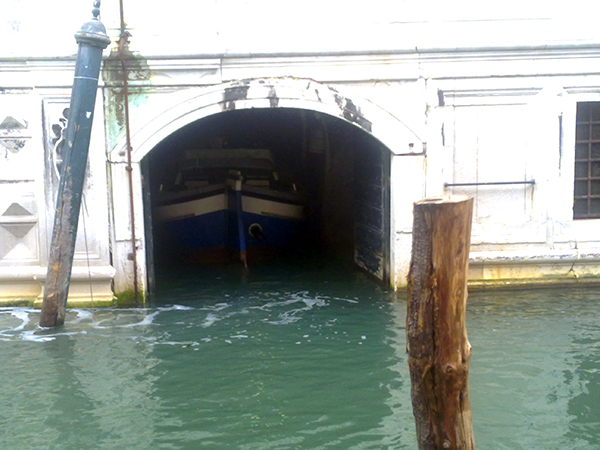

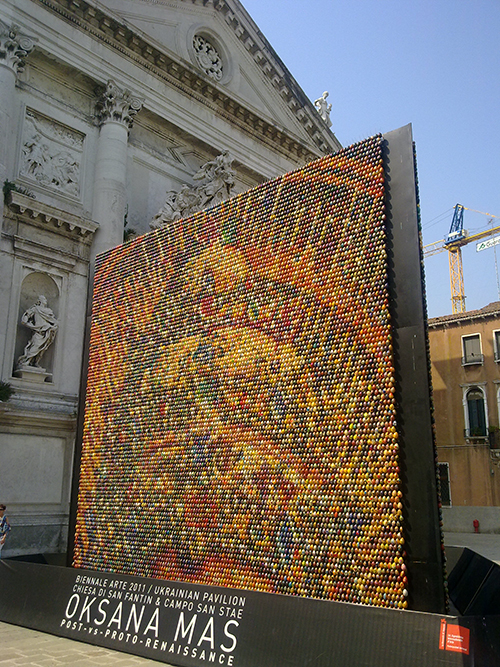
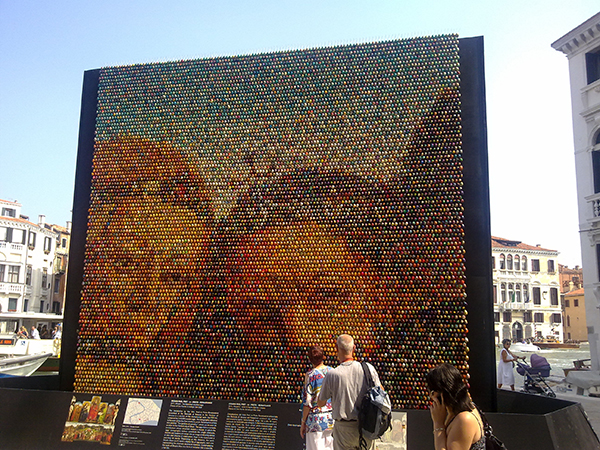
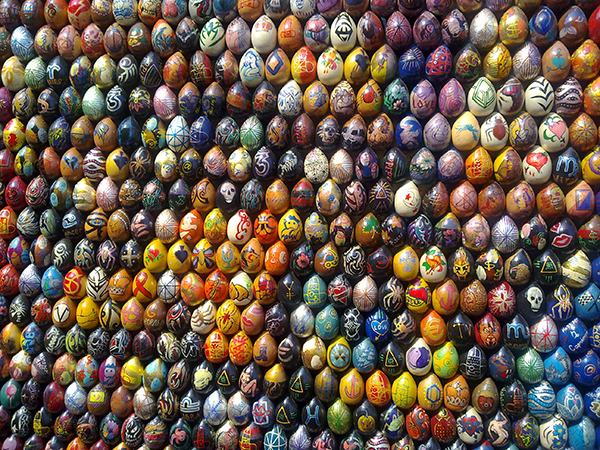
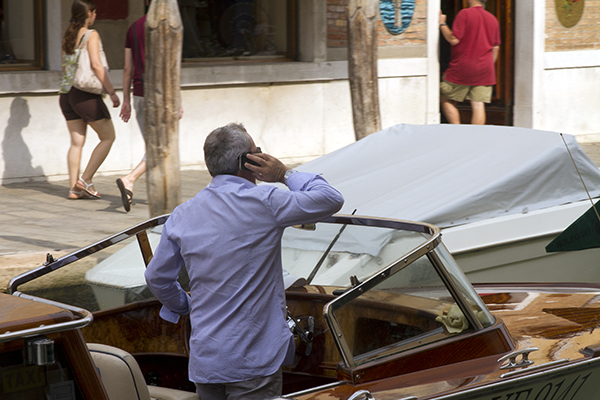
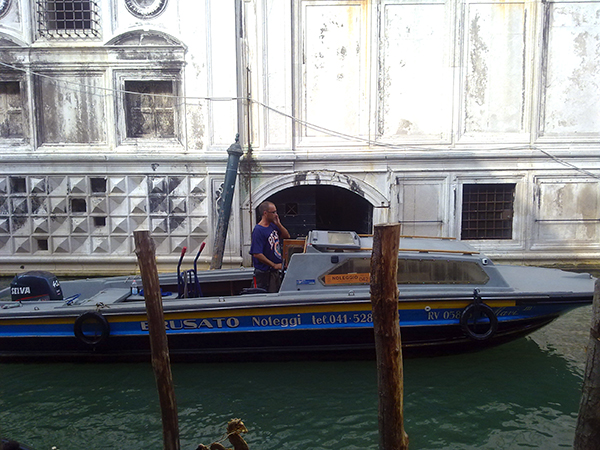
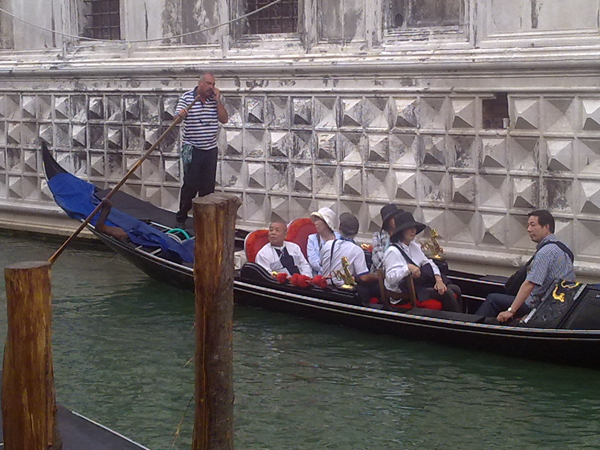
Hey There. I found your blog using msn. This is a really well
written article. I’ll make sure to bookmark it and return to read more of your useful information. Thanks for the post. I will certainly return. Venice is simply the most wonderful destination on the globe! The Venice Carnival is amazing! The masks and fancy dress costumes are breathtaking and also the surroundings are just wonderful. Within Venice, often there is something new to get.